I’m currently in Uganda on assignment for the World Bank…actually, that’s not true. I’m currently on the Isle of Lamu off the Kenyan coast about 80 miles from Somalia, swimming, soaking up the sun, dodging donkeys, trying to speak Swahili, and eating way too much excellent spicy seafood (if that’s possible). Back in June (when these entries were supposed to have been written), I was indeed in Uganda conducting research.
Read The Uganda Assignment and Arrival in Kampala for more information on all of that. This posting covers our first week in Uganda.

Our field research in Uganda was to span 7 weeks and would take us to nearly every corner of the country. It was truly a crash course in the people, places and culture of Uganda, and on some level I feel I know the whole of this country better than I knew Mozambique after living their for over two years. For one, Moz is a ginormous strip of land with awful roads and infrastructure. Uganda is much more compact with a lot of tarmac and pretty decent dirt roads (we’re talking cruising the back highways of Oregon vs. trying to negotiate a country twice the size of California by way of mostly sandy, washed out roads).
I think I will make an entire posting comparing the two countries, as at least I have found it very interesting (another example, Ugandans are EXTREMELY punctual in most cases; Mozambicans are about the least punctual people on the planet (I’d imagine even pygmies living deep in the Amazon rain forest are probably more punctual, and I’m pretty sure most of them don’t use watches)).

But anyway, this posting is about Uganda, a wonderfully eccentric and offbeat country that has seen much more than its fair share of brutal violence and unbelievable atrocities, but that was then and this is now, and, though only five years out from the end of fighting, Ugandans (especially in the north) seem to be reveling in the peace and security that many from the older generations have not experienced since the 1960s.
To put things in perspective, for some Ugandans, violence and war have been a part of their lives since independence from Britain in 1962.Uganda is a land of complicated power dynamics, in which fighting for control of the nation has raged for decades — between the powerful chiefs and political strongmen, military generals and of course the British and other colonial powers. Ugandans have been used and abused perhaps more than most populations on the planet at the hands of their own leaders. Unlike many other nations in Africa, Uganda was fairly insulated from the proxy wars financed by the Cold War powers. Up until recently, Uganda did not have vast reserves of oil, diamonds or precious metals for colonizers and warlords to fight over. Every major conflict Uganda has experienced in the last 50 years has stemmed from internal traditional power struggles, and leaders of these struggles have excelled at amassing large armies of unwitting civilians (men, women and children) — by literally any means necessary.

Our research had a slow start in Uganda. After arriving in Kampala, we found ourselves doing a lot of sitting and coordinating, and not much researching. We spent the first 10 days of our trip in the capital, Kampala, meeting with government officials at the Amnesty Commission, testing our questionnaire on ex-combatants, revising said questionnaire, meeting with World Bank staff, Skyping with NGO workers, arranging transport and accommodation in Gulu and beyond, contacting government staff in those areas, attending conference meetings, and tending to money matters and other logistical considerations. By the end of the 10 days, we were ready to break out of the Kampala bubble and head north, to the unknown, the Wild North, the region that even our own university (GWU) had listed on their no-go list for students wanting to travel there on university-related studies.
Kampala’s nice, don’t get me wrong — and to return to “the Garden City” after a month on the road was comforting. Kampala is “Africa,” more than any capital city I have visited on the continent. It is a crazy tangle of roads in which minibuses (matatus), cars, trucks (lories), and especially motorcycle taxis (boda bodas) vie for every inch of blacktop, concrete, sandy sidewalk, and even ditch, where there are about a half a dozen traffic lights in a city of over a million (and most don’t work most of the time). Traffic is constant — there is no break in the flow — people are everywhere, rushing around, always on the move. Ugandans are ALWAYS on the move to somewhere, hurrying very fast, and very proud of their dress and culture. Men’s shoes are buffed to a high shine (I don’t know how many times I was heckled for my shabby shoes — “Excuse me sir, let me shine your shoes, you know it is time!”) And if you aren’t wearing a freshly pressed suit or dress, you’re rocking your own style — everyone in Uganda rocks their own style — and they don’t give a damn what you or anyone else thinks.

I will take this opportunity to thank Alexandra (my research partner during these seven weeks) for her wonderful photos. Not only did it result in actually having numerous photos of myself (for once) but she also did a great job in capturing the quirky and the mundane of Ugandan life in a way that just wasn’t possible for me and my hulk of a camera.
Always on the ready, Alexandra had her point and shoot on her at all times and was unapologetic when it came to shooting Ugandans doing their thang (except when we were stopped by a police officer after she took pictures of the Nile River — which I’ll discuss later).

So, many of these photos, especially in the early days and weeks, are courtesy of her (marked as such). If they don’t say they are courtesy of A.Burrall, that means I had the time to fish my monstrosity out of my pack, quickly fiddle with the settings, compose a shot and pull the trigger, which was easier sometimes than others — on public transport, in crowded markets — Alexandra was already snapping away — and the result was some really fabulous shots.

I really can’t say enough good things about Kenneth, our driver. Always on time (actually early every time, which made us feel like slackers a bit), low key but always friendly. Kenneth wasn’t much of a conversationalist, but always humored us wazungos, which is really what you want in a driver, not someone who’s going to talk your ear off. He was a smooth dude, with a car, a good job, rockin a great wardrobe and living the Kampala bachelor life. After traveling around the country and having everyone gasp at the fact that I (and especially Alexandra, being a woman) weren’t married off yet (me almost as I would tell them), it was refreshing to come back to the city and chill with Kenneth who was around our age (about 10-15 years overdue for marriage by village standards) and doing his thang happy to be doing so. And by the way, having a driver overseas rocks, especially if you can find a great one, and Kenneth is indeed a great one.
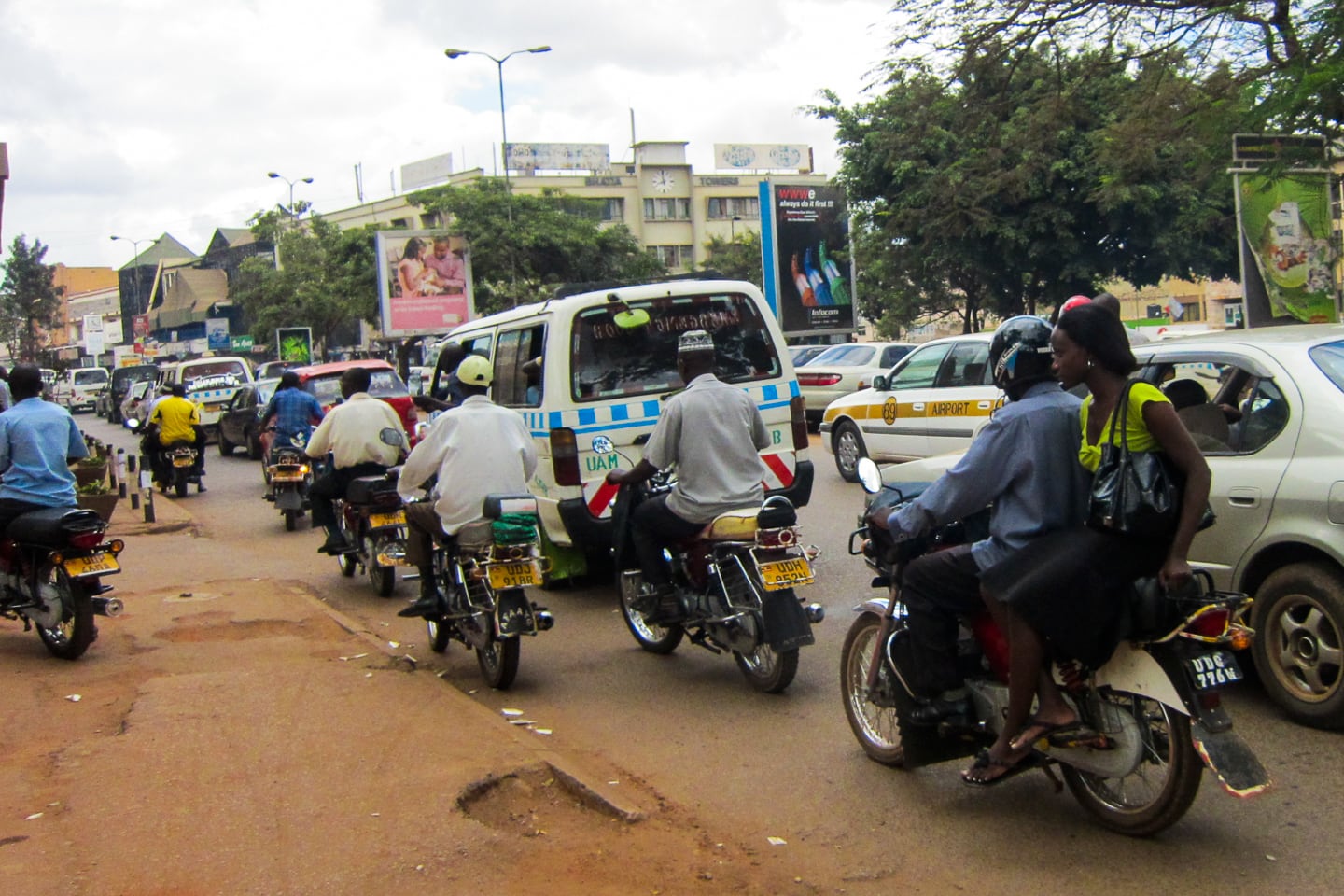
Before we left for Uganda, Aki (our World Bank boss) had given us Kenneth’s information. I looked at a map and thought it was absolutely ridiculous that we would need a driver to take us back and forth from hotel to office everyday. I imagined in my head strolling down the mile or so of sidewalk on a beautiful day, getting the blood flowing and taking in my surroundings. While definitely possible, walking around Kampala is not as easy as one might think. For one, it’s quite hot and humid on some days, as you might expect. Two, you have to cross the street at some point, which depending on the time of day, may take a very, very long time — and steel nerves. Three, there are boda boys to contend with and sometimes babies on the sidewalk to step over (I’ll explain later). And lastly…there are the holes — deep, dark man-eating holes — in the middle of the sidewalk. You don’t come to Kampala without meeting at least a few people who have fallen victim to one of the holes. One minute you are walking along — perhaps talking on the phone or looking to cross the street — the next minute you are in a 7 foot deep hole of darkness with a broken, rusty pipe between your legs and sewage up to your waste. It’s a fate I wouldn’t wish on anyone, and fortunately something I never experienced myself (though I came dangerously close a few times)…thank goodness for my trusty phone flashlight!

No matter where you go in the world (with the exception of North America and Western Europe) you will find the collective taxi minibus. Though there are many variants, the vehicle of choice is the tried-and-true Toyota HiAce — oh, the stories these metallic mules would tell if they could talk. I’m considering making an Ode to the Minibus page at some point, as I am amassing a lovely collection of minibuses from around the world (matatus, chapas, guaguas, combis) that I would love to share with you one day.






Ugandans love to wash their rig. Whether you are a big city matatu driver or a village dweller rockin’ a rusty 1989 Geo Metro you’ll likely want to get your wheels washed regularly. We’ve seen everything from proper drive-through car washes to muddy clearings on the banks of a small creek with a bucket and a sign. Ugandans like their cars clean — but hey, they like everything clean — even the coats of their goats seem to exhibit a high gloss sheen that any high-end dog show judge would appreciate.














Nearly every night the first week in Kampala we ate at the Fairway Hotel’s Garden Cafe, served by the unique and eccentric Alex, who always greeted us with an all-too-excited “Helllooo Sweeties!” I thought the menu below was from the Garden Cafe, but it’s definitely not, as that restaurant served Indian and Chinese food (really good, might I add). I’m not sure exactly where this menu is from, but Alexandra and I thought it was fun enough to snap a shot of. Especially take note of the “Meaty ‘EVENING ONLY’ treats”:

That’s it for now. Off to sip on an iced espresso frappe and take a dip in the Indian Ocean. Can’t decide if I should stroll along the garden-lined waterfront, take a dhow (Swahili sailboat) or go by mule from Lamu to Shela — Oh the tough decisions in life…
By the way, you’ll be happy to know that I convinced the manager of the ever-Swahili, ever-sheik Yumbe House to let me stay in one of their Sultan-esque rooftop suites for about the same price as I was paying over at Casuarina Rest House. I can either sleep in my queen-size four-post bed, or the bed out on my own private open-air veranda to catch the sea breeze and a glimpse of the stars as I’m sliding off to dream land. Not bad for $15/night. Lori would love this place…hopefully I can manage to drag both of us back out here some time very soon, before the Lamu ports development project permanently alters the culture and landscape of this insanely amazing place.
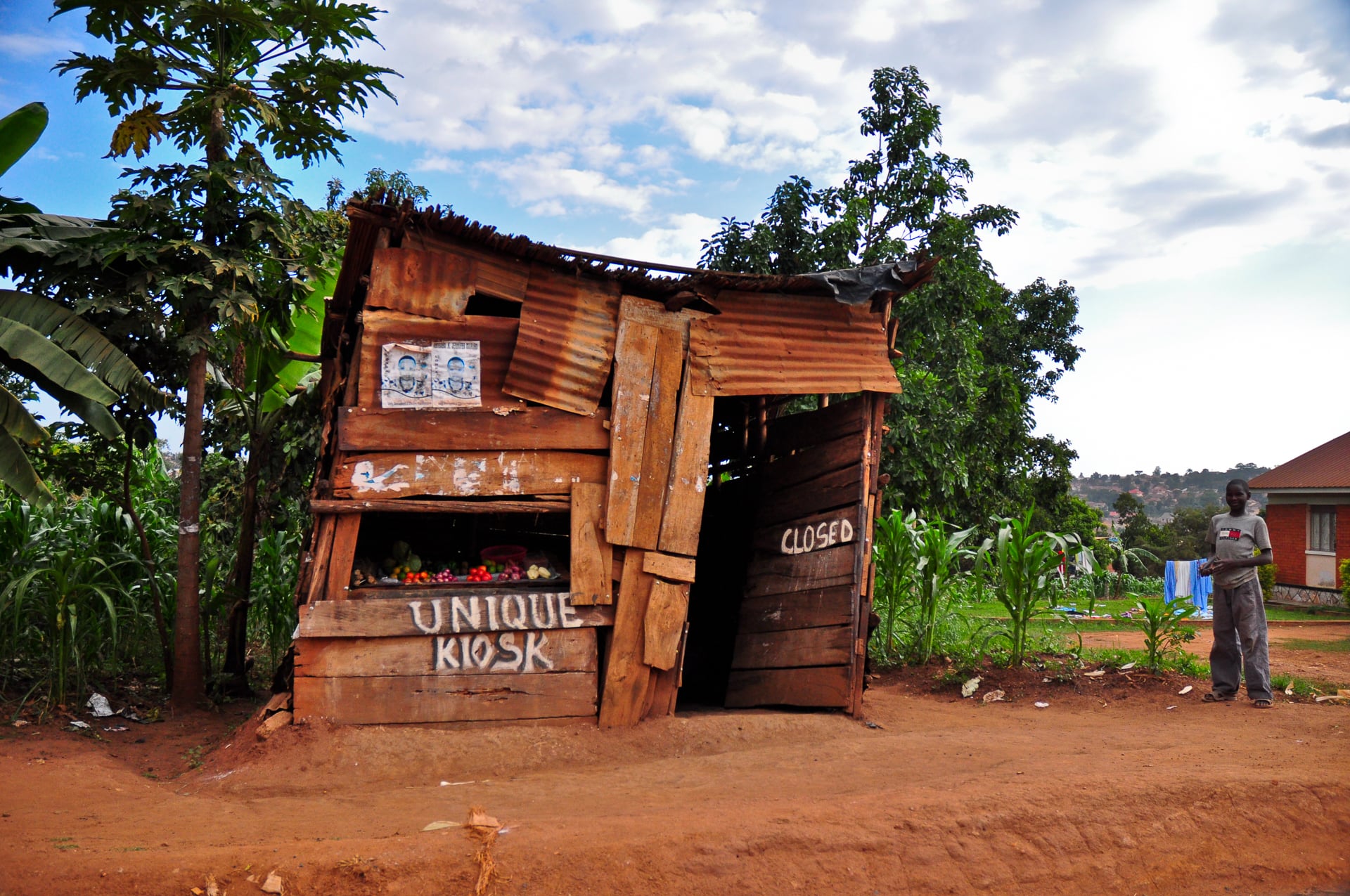
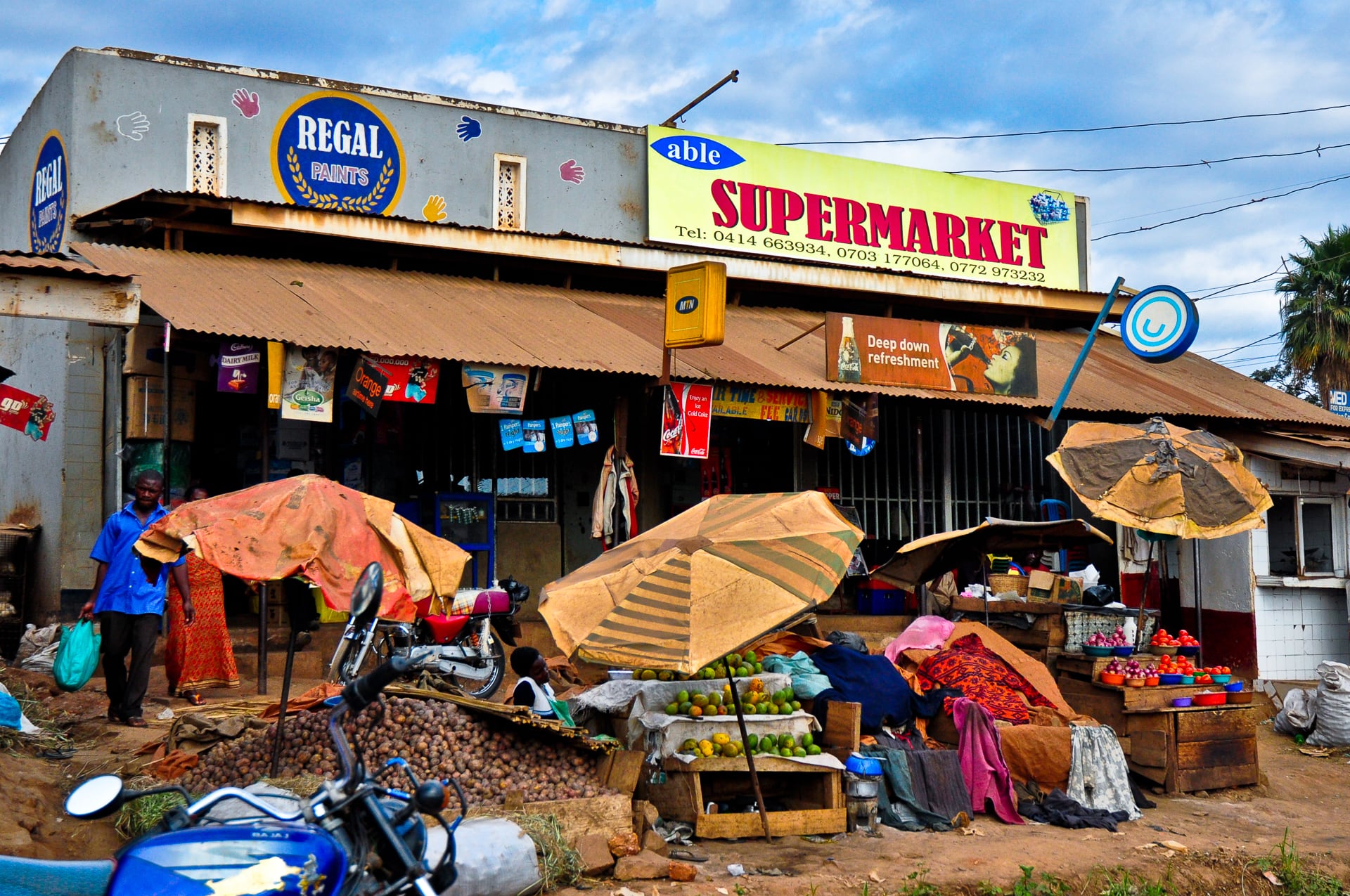
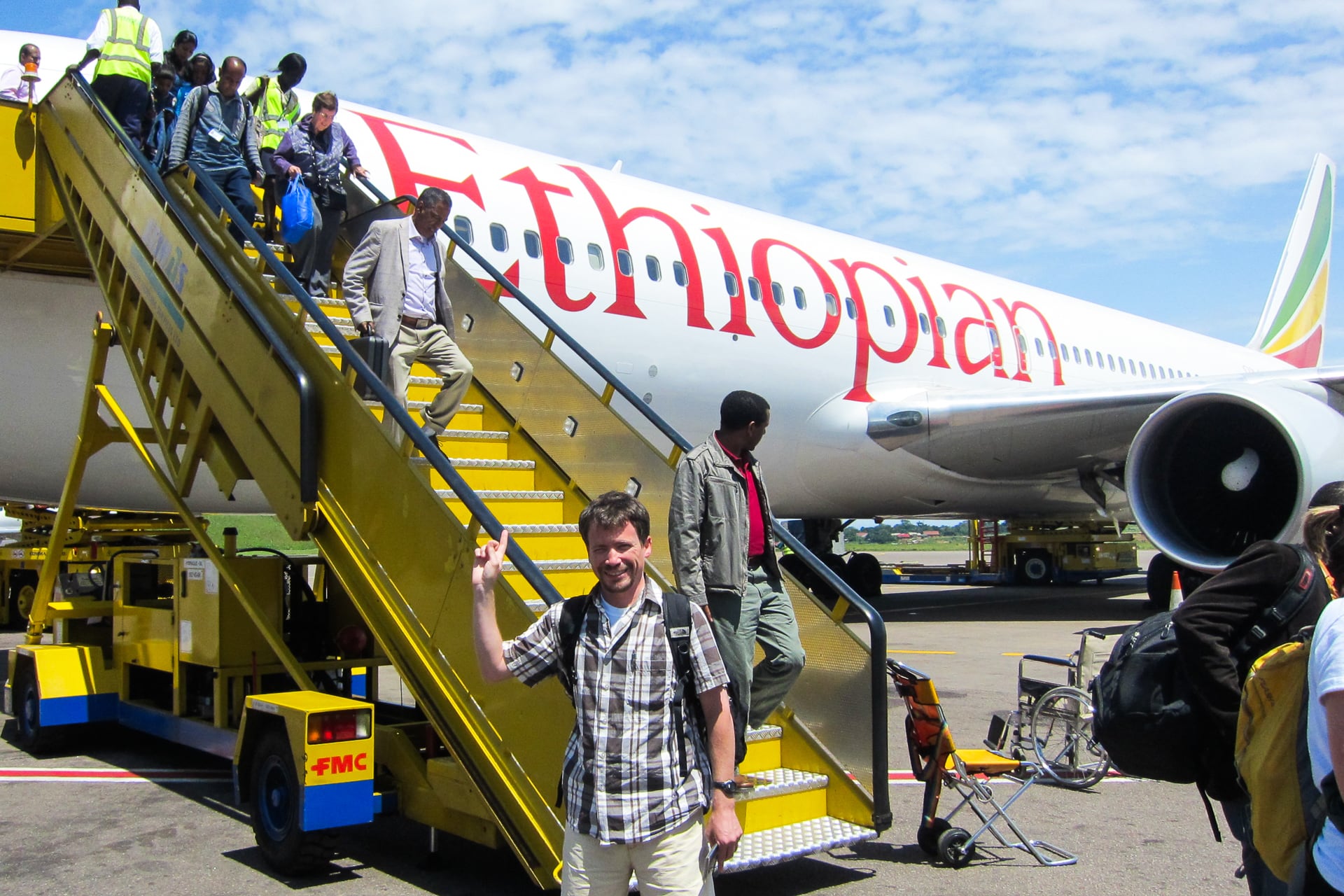
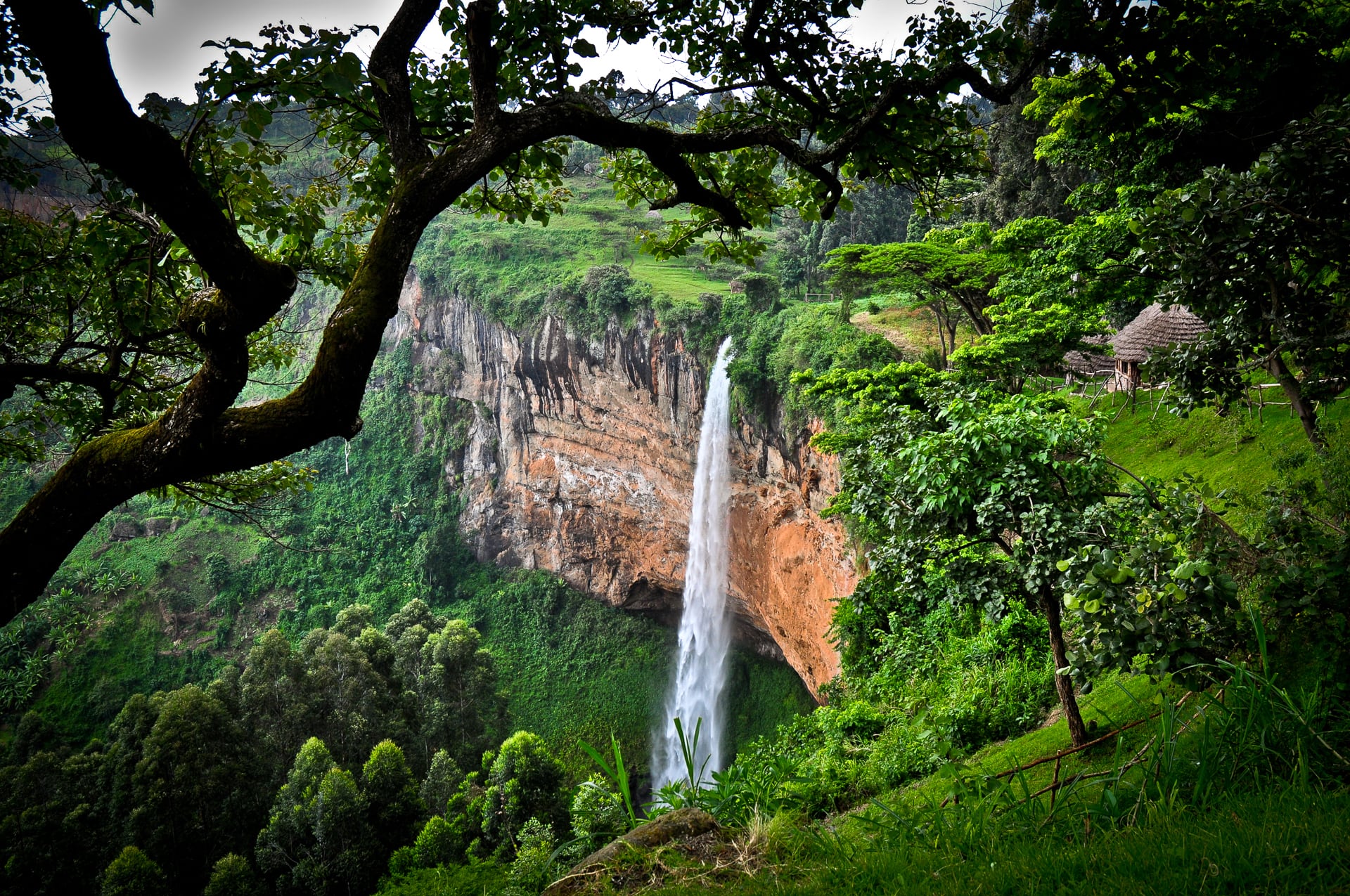
Awesome! Great stories & pictures!